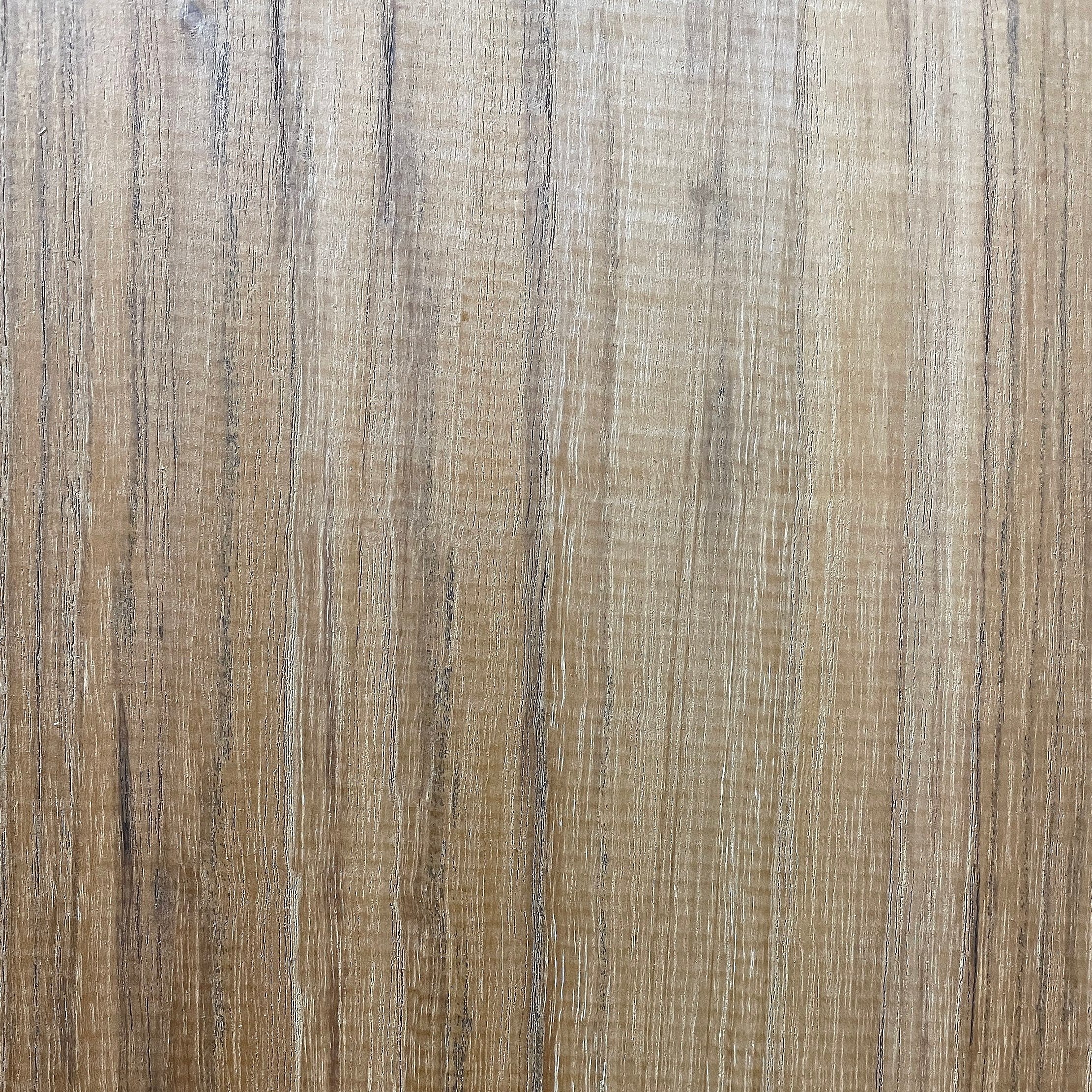OUR MATERIALS || EXOTIC HARDWOOD || WENGE WOOD
WENGE WOOD
Alternative Names & Variations: African Rosewood, Faux Ebony
Color: Medium Brown, with Nearly Black Streaks
Hardness: Hard
Sustainability Status: Moderately Sustainable. Source Wenge wood from reputable lumberyards for small projects.
Characteristics: Wenge wood originates from Central Africa and stands out as a top choice for those in search of a unique and visually striking wood, particularly for furniture making. Recognized for its captivating appearance, Wenge wood showcases a medium-brown heartwood, occasionally imbued with reddish or yellowish hues and adorned with nearly black streaks. The grain pattern is straight, contributing to its aesthetic appeal.
Wenge wood's coarse texture adds a tactile and visually compelling dimension to its surface. Its low natural luster enhances the graphic appearance of the wood. Upon finishing, Wenge can take on a nearly black shade, especially when treated with oil finishes. Unlike many dark hardwoods, exposure to sunlight causes Wenge wood to lighten over time rather than darken.
STRENGTHS
-
Wenge wood’s unique dark brown color with fine black streaks provides a classic and timeless aesthetic, adding a touch of sophistication to furniture pieces.
-
Known for its strength, Wenge wood can withstand considerable weight and pressure, making it suitable for various applications. It is also highly durable, ensuring longevity for furniture pieces subjected to regular use and wear.
-
Wenge wood serves as a more affordable alternative to Macassar Ebony wood.
WEAKNESSES
-
Some Wenge wood species populations are endangered, impacting its availability. High demand and limited supplies contribute to elevated prices, making it less accessible for some furniture projects.
-
Wenge wood can be challenging to work with using both hand and machine tools. It may lead to blunting of tools and uneven sanding due to variations in wood density.
WENGE WOOD ALTERNATIVES




